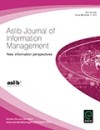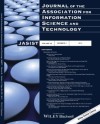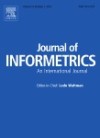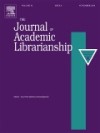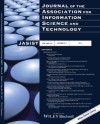Molina-Molina, S., Moya-Anegón, F. (2013) Política nacional y visibilidad internacional. El caso colombiano. Profesional de la Información 22(6): 529-536
Resumen. Se analizan los efectos positivos y negativos de las políticas colombianas dirigidas a incentivar la producción científica de los profesores universitarios, además de aquellas que rigen para las instituciones de educación superior dentro de los procesos de acreditación de la calidad y la asignación de recursos del presupuesto nacional.




